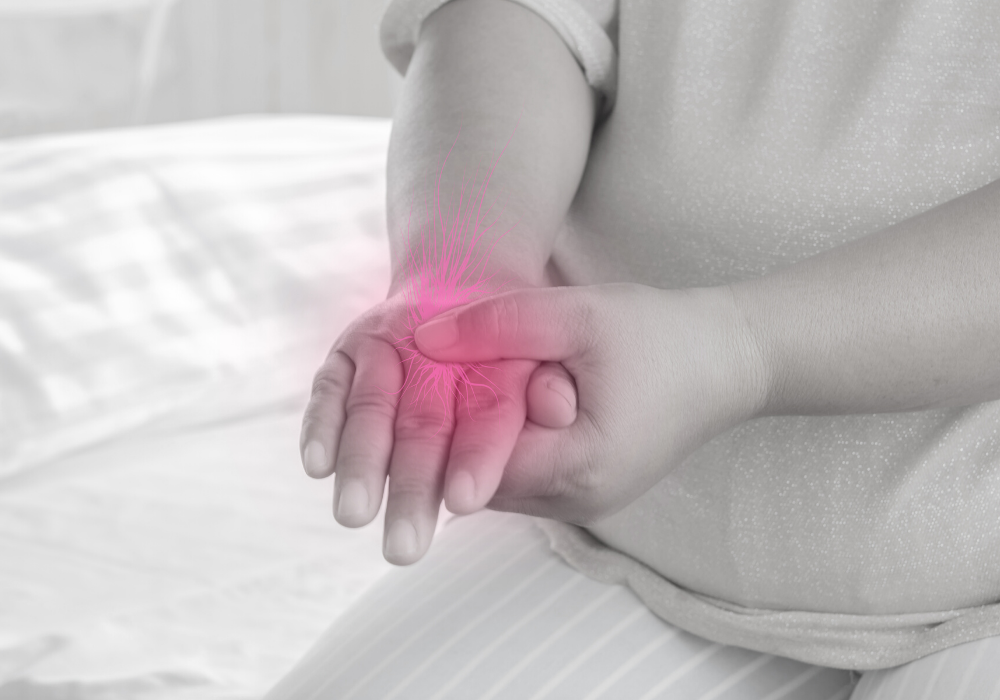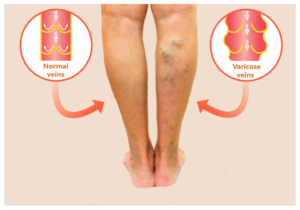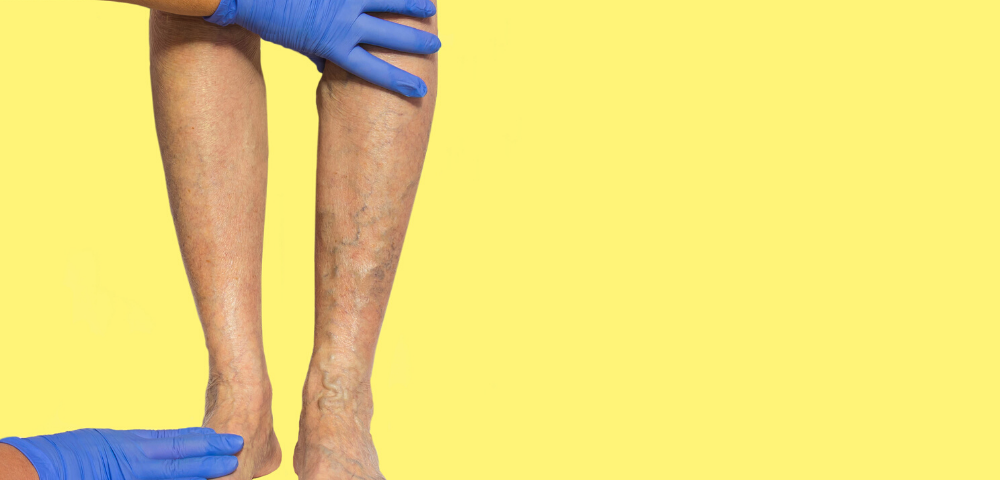
8 Vascular Conditions to Be Aware of and How to Treat Them
June 22, 2020
Hernia Repair in Maryland: What You Should Expect
June 22, 2020Are varicose veins a sign of worse things to come?
While varicose veins are typically considered to present as a superficial issue with no negative impact on overall health, is it possible that they’re a symptom of something more serious?
Our vein experts investigate more, below.
Varicose Veins

Varicose veins occur when an individual has damaged blood vessels in the legs or feet.
Your veins may present as bulging blue or purple veins that are visible to the eye.
Patients with varicose veins may experience itchiness, heaviness, fatigue, or aching in the affected areas.
Are Varicose Veins a Sign of Worse Things to Come?
In some cases, varicose veins may lead to the future development of issues such as deep vein thrombosis or a pulmonary embolism.
Deep Vein Thrombosis
Deep vein thrombosis (DVT) occurs when a blood clot forms in the vein.
Patients presenting with DVT may experience pain and swelling in the legs.
Pulmonary Embolism
A pulmonary embolism can occur when a blood clot travels into your lungs.
This is a very dangerous condition that can lead to death.
Symptoms of a pulmonary embolism are chest pain and shortness of breath.
Symptoms to Be Aware Of
If you or someone you know has noticed continuous swelling or pain in the legs or a color change in the legs, you should call your doctor immediately.
Similarly, if you have noticed that your veins have become hot, red, or painful, it is wise to seek help from a vein doctor as soon as possible.
Controlling Varicose Veins
The best way to prevent or control varicose veins is to stay active.
Moderate exercise four or five times per week can keep the blood flowing for optimal vein health.
Schedule a Consult for Varicose Veins
If you are concerned about your vein health and would like to speak to a trusted doctor about varicose veins in Maryland, contact our office today.



